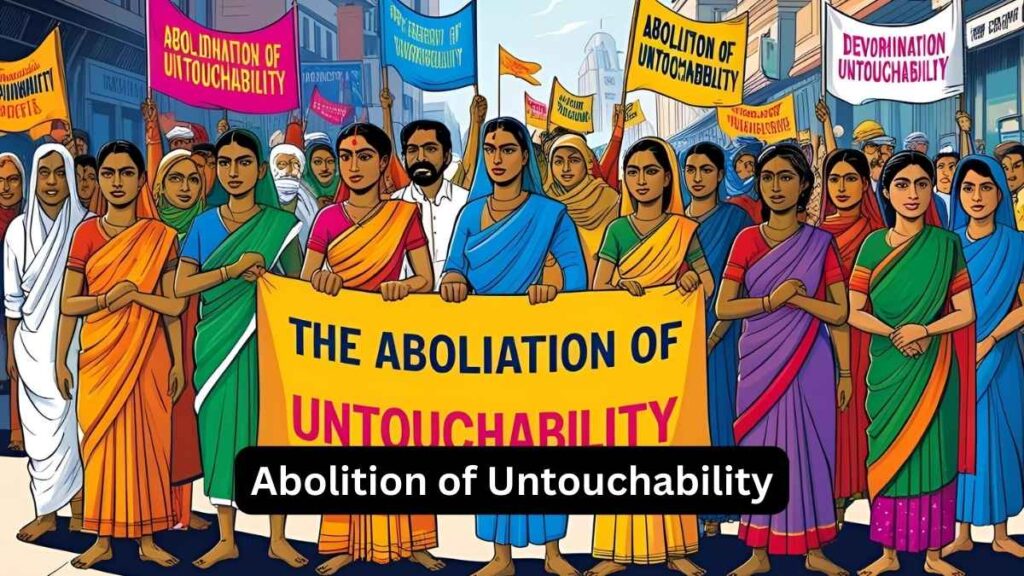Font size:
Print
India-Chile Economic Partnership: Towards a Comprehensive Economic Agreement
Context:
India and Chile have initiated discussions on a Comprehensive Economic Partnership Agreement (CEPA) to strengthen trade, investment, and strategic cooperation.
More in News
- The announcement was made during Chilean President Gabriel Boric Font’s visit to India, highlighting the deepening bilateral engagement.
- The CEPA aims to expand the existing Partial Trade Agreement (PTA) into a more comprehensive Free Trade Agreement (FTA).
- This reflects India’s growing engagement with Latin America and its broader economic and diplomatic outreach.
Key Announcements and Areas of Cooperation
- Economic and Trade Cooperation
-
- Preferential Trade Agreement (PTA): India-Chile PTA, in force since 2007, was expanded in 2017, covering nearly 2,000 tariff lines.
- Trade Volume: Bilateral trade reached $2.8 billion in 2022-23.
- Trade Diversification: Chile exports copper, lithium, and pulp, while India exports automobiles, pharmaceuticals, textiles, and engineering goods.
- Investment Promotion: Focus on infrastructure, mining, energy, and digital sectors.
- CEPA Negotiations: Both countries aim to upgrade the PTA into CEPA for deeper economic integration.
- Strategic Partnership in Critical Minerals
-
- Chile’s Mineral Wealth: One of the world’s leading producers of copper and lithium, essential for electric vehicles (EVs) and renewable energy transition.
- India’s Mineral Diplomacy: Reducing dependence on China for critical mineral supplies.
- CODELCO-Hindustan Copper Ltd Agreement: Signed for mining cooperation, mineral processing, and resource exploration.
- Strategic Mineral Security: India to send teams to Chile to explore lithium and copper assets.
- Defence and Security Cooperation
-
- Defence Industry Collaboration: Strengthening supply chains for military equipment manufacturing.
- Capacity Building: India to train Chilean military personnel in strategic and operational areas.
- Countering Transnational Threats: Cooperation in combating organised crime, drug trafficking, and terrorism.
- Digital Public Infrastructure (DPI) and Technological Exchange
-
- India’s DPI Leadership: Sharing expertise in UPI, Aadhaar, CoWIN, e-governance, and fintech.
- Technology Collaboration: Cooperation in ICT, digitisation, artificial intelligence (AI), and cybersecurity.
- Ease of Business: Chile announced Multiple Entry Permits for Indian businesspersons, enhancing trade interactions.
- Climate Change and Renewable Energy Cooperation
-
- Shared Climate Goals: Both nations are signatories to the Paris Agreement.
- Green Energy Partnership: Strengthening cooperation in solar, wind, and clean energy technologies.
- Sustainable Mining: Focus on responsible extraction of lithium and copper to align with India’s National Green Hydrogen Mission.
- Antarctic Cooperation: Chile, as the Gateway to Antarctica, signed a Letter of Intent for joint scientific research and environmental conservation.
- Agricultural and Food Security Cooperation
-
- Agricultural Trade Expansion: Enhancing bilateral trade in agriculture and food security.
- Technology Transfer: India to share expertise in crop diversification, irrigation efficiency, and agri-tech innovations.
- Boosting Agri-Exports: CEPA framework to facilitate bilateral investments in the agricultural sector.
Geopolitical and Strategic Significance
- India’s Outreach to Latin America: Strengthening relations with Chile enhances India’s influence in the region.
- South-South Cooperation: Aligns with India’s broader vision of engaging with Global South economies.
- Support for UNSC Reforms: Both nations advocate for greater representation of developing countries.
- Rules-Based Global Order: Commitment to peaceful dispute resolution through dialogue and diplomacy.
- Cultural and People-to-People Exchanges
-
- Bollywood Influence: Growing popularity of Indian films in Chile.
- Yoga Diplomacy: Chile recognised November 4 as National Yoga Day, showcasing India’s soft power.
- Educational and Diplomatic Cooperation: Expanding collaboration in education and diplomatic training.
Challenges in Bilateral Relations
- Geographical Distance: Trade faces logistical challenges due to long shipping routes and high costs.
- Regulatory Differences: Differences in mining policies and investment regulations pose hurdles.
- China’s Influence in Latin America: Chile has strong trade ties with China, which may impact India’s engagement depth.
Way Forward
- Finalising CEPA: A time-bound roadmap to upgrade PTA into CEPA to unlock trade potential.
- Strategic Mineral Engagement: Long-term agreements for lithium and copper supply to secure India’s mineral needs.
- Expanding Defence and Space Cooperation: Strengthening joint space missions and military partnerships.
- Boosting Cultural Exchanges: Increased collaboration in education, tourism, and academia.


